The Essential Role of a Resilient Payment Gateway in Navigating Financial Disturbances
As transaction volumes rise, Asia-Pacific payments operators need more performance, resilience
Propelled by a burgeoning digital economy in recent years, Asia-Pacific has seen dramatic growth in payments processing, whether this is for e-commerce, cross-border remittances or other financial transactions.
In 2023, the region recorded the highest paperless transaction value worth more than US$29 billion, accounting for 52% of the global total, according to Euromonitor International. By 2028, electronic direct payments are set to overtake cash transactions in the region.
Across the region, paperless transactions are gaining ground. Euromonitor estimates that almost 70% of consumers in China use WeChat Pay daily and over half of Indian consumers use Phone every day.
As more consumers depend on such payments, the systems that they depend on are increasingly important for Asia-Pacific’s key economies.
A small error at a data center can cascade into widespread disruption of payment servi- ces across a country. Banks that make such errors can expect stiff regulatory penalties, lost revenues and lasting reputational damage.
With so much riding on today’s payments infrastructure, it is no surprise that financial institutions are seeking to bolster these systems’ resilience while moving from legacy setups that constrain their scale and capabilities.
At the same time, the threat of disruptors in the fintech space has forced many financial institutions to step up their info comm infrastructure upgrades to meet increased demands for faster payments and new payments channels.
Instant payments on the rise
One of the biggest disruptors today is instant or faster payments with the widespread adoption of the ISO 20022 standard, which makes payments more transparent, quicker and cheaper.
More than 266 billion real-time transactions occurred worldwide in 2023, growing 42% over the year before, according to research firm Payments, which attributed the expansion to new markets such as India, Brazil, Nigeria and Indonesia.
The number of such real-time transactions is expected to grow to 575 billion by 2028, representing a compound annual growth rate (CAGR) of 17%. By that time, real-time payments are anticipated to comprise more than 27% of all electronic payments worldwide.
Across the region, there have been important developments of late. For example, Project Nexus that has been rolled out by the central banks and instant payment systems (IPS) players from Indonesia, Malaysia, the Philippines, Singapore, Thailand and India will link up the countries to accep cross-border instant payments from payments operators.
What does this mean for banks and other financial institutions?
The market has just become open and accessible for new entrants, because successful players will leverage the new opportunities available.
For example, the ISO20022 payload can include a lot of information, such as remittan- ce data. With it, banks can still differentiate themselves in this space by including and analyzing this data, since they know their customers well.
The findings can enable them to further personalize services that are useful and relevant to their customers, thus positioning them a step ahead of rivals.
While they are a new opportunity, instant payments also pose challenges to financial institutions because of the added demand for faster settlement.
As their name implies, instant payments also mean processing a payment in almost no time. In turn, one concern that needs to be tackled is the increased risk of fraud. What if a payment that was made was subsequently found to be fraudulent? It would be difficult to recover the funds and reverse the process.
Even while parts of the payments process may be outsourced to external providers, banks can still keep control of, and differentiate themselves, in the authentication process, for example, by improving how they confirm or verify a payee. They can evolve the process from simple name or account checks to more customer-centric checks, which include
payment patterns, how long an account has been open, payment descriptions, and the currencies involved. Banks have this information and can build value-added authentication services to protect their customers.
All these processes run on a 24/7, real-time basis, which means a service such as instant payments needs a robust platform that is highly reliable. Any outage would result in a huge loss in transactions, disrupting customers trying to pay for an item online or sending money back to their home countries for their families.
Need for “always on” performance
This calls for computing systems that are not just able to provide the performance needed for high volumes of transactions but also the resilience to ensure that downtime is down to a minimum.
For this, many financial institutions across Asia-Pacific have placed their trust on Stratus. With over 40 years focused on uptime, Stratus brings unparalleled experience and expertise as an advisor to customers in the sector.
Every day, Stratus updates the uptime of all connected customers and Stratus systems are currently achieving 99.99999% uptime, or 3 secs of downtime per annum, across all these systems.
For “always on” enterprises, such as payments providers in today’s digital age, these are the standards to strive for.
As a leader in reliable and trusted financial platforms, Stratus also brings its unique expertise to manage these payments platforms and deliver the highest levels of business uptime. At the same time, these systems are open, scalable and cloud-ready, addressing the evolving needs of today’s financial institutions.

Stratus for payments platforms
Stratus offers various solutions in the payments space. For most switching platforms with simple availability solution, the Stratus ftServer is ideal.
A Stratus ftServer ensures application availability despite component failures, as well as transient errors and power spikes. Transactions continue to be processed, with protection for the integrity of both committed and in-flight data ensured.
Separately, the Stratus ftSwitch is built for payments switching, by providing cloud technologies such as OpenShift and Kubernetes but secure in a private cloud. For customers seeking to build a high-performance payments solution, the Stratus ftSwitch would deliver the performance and resilience required of a platform.
Beyond a platform, Stratus offers flexible partnerships and successful service models through the company’s understanding of and experience in the industry.
Customers can opt for a managed service model, for example, for more flexibility and agility. One Stratus customer with this arrangement has achieved in excess of 99.999999% uptime processing over 12 billion transactions per year.
Stratus also provides software to provide intelligent routing, as well as hosting and colocation partnerships. The company has close partnerships with payments ISVs as well, to bring onboard the knowledge and expertise needed for managing a global payments network.
In Asia-Pacific, Stratus is trusted by some of the most well-known financial institutions in crucial markets such as China, India, Singapore and Hong Kong. Indeed, besides payments providers, Stratus systems are entrusted by stock exchanges and other critical infrastructure operators in many of the major financial markets in the region as well.
With the growing demand for digital transactions and payments, it will be more important for organizations in the sector to not just keep up with but exceed expectations for performance and availability.
Crucial to any definition of success is uptime – by shoring up their core systems’ resilience and lowering unplanned downtime, payments operators will go a long way in helping to grow Asia-Pacific’s exciting digital economy.
Speak to a Stratus representative to find out how you can propel your payments platform forward while boosting resilience against downtime.



